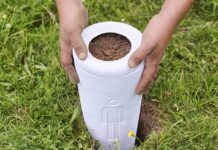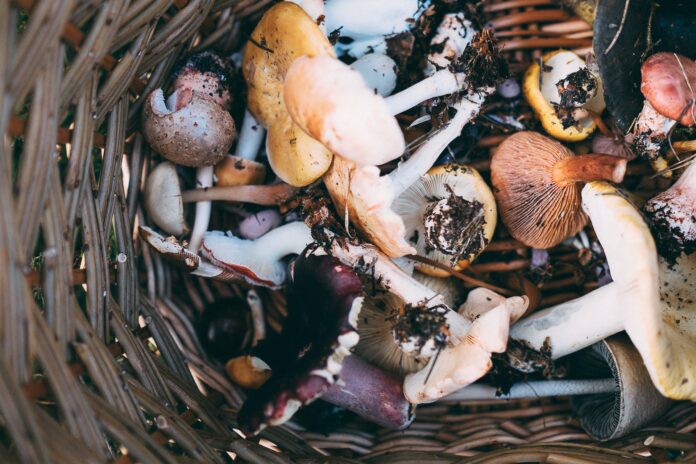
The act of foraging is as old as humankind itself, deeply ingrained in our evolutionary narrative. It’s an intimate dance with nature, a primal connection to the Earth’s rhythms, and an instinctive way of sourcing sustenance. Forest foraging, specifically, is a captivating blend of exploration, adventure, and discovery. It’s about stepping off the beaten path, interacting with the environment, and unearthing the edible riches that nature freely provides.
The popularity of forest foraging has exploded in recent years, thanks in large part to a growing desire for organic, sustainable, and locally-sourced foods. This practice reconnects us with our food, the land, and with each other. Moreover, it embodies a hands-on educational experience, where we relearn to identify, harvest, and utilize the natural resources around us, while promoting a more sustainable lifestyle.
At its core, forest foraging is about more than just gathering food—it’s about respect, humility, and the recognition of our shared existence with nature. It’s the embodiment of a simpler, healthier lifestyle, and an invitation to engage with the world in a profoundly meaningful way. As we prepare to delve into the bountiful world of forest foraging, we aim to encourage exploration while emphasizing safety, ethics, and responsible practices.
The Bountiful World of Wild Edibles
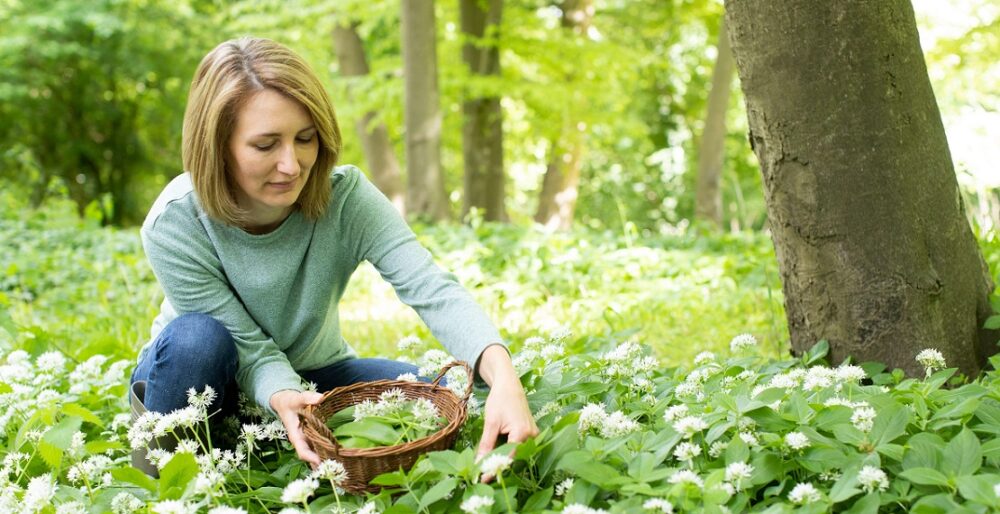
As we venture into the heart of the forest, it’s as if nature opens her pantry to us. A remarkable diversity of edibles—herbs, berries, nuts, seeds, roots, and fungi—await discovery. Each season brings a fresh yield: spring gifts us with delicate greens and flowering herbs; summer, an abundance of fruits and berries; fall presents a range of nuts and a mushrooming extravaganza; and winter, while sparse, still holds its own with hearty greens and roots.
The variety of wild edibles available to the forest forager is astounding. For instance, nettles, with their sting neutralized by cooking, offer an excellent source of vitamins and minerals. Wild garlic lends its distinctive tang to a forager’s fare. Berries, from blackberries to elderberries, provide natural sweetness and antioxidants. Mushrooms like the prized morel or the common puffball add a rich, earthy flavor to meals. Beyond that, there are countless other species to discover, each with its unique culinary potentials and nutritional benefits.
However, it’s crucial to note that identification of wild edibles requires careful attention and research. Never consume a wild plant or fungus without positive identification. A good field guide is indispensable, and joining local foraging groups or workshops can provide invaluable insights and hands-on experience. Always err on the side of caution to avoid potential risks, such as misidentifying a toxic species.
Preparing for a Safe and Responsible Foraging Adventure
Foraging is an enriching pastime, but like any outdoor pursuit, it requires preparation and knowledge to ensure safety and sustainability. Prior to embarking on a foraging adventure, familiarize yourself with the local flora and fauna, focusing particularly on edible and toxic species found in the area. Respect foraging laws and regulations—some regions prohibit foraging entirely, while others limit the quantities or types of species that can be harvested.
Wear appropriate clothing for the weather and terrain: long sleeves and pants to protect against insects, thorns, or poisonous plants; sturdy shoes for rough trails; and hats for sun protection. Pack a first-aid kit, enough water, and snacks—while we hope to find food, it’s never guaranteed. Always let someone know your plans and estimated return time to ensure safety.
Part of responsible foraging is understanding the impact of our actions on the ecosystem. Practice ‘leave no trace’ principles, only take what you need, and never over-harvest. Avoid disturbing habitats or rare species, and remember: foraging is about more than our immediate gain—it’s about preserving nature’s bounty for future generations.
Essential Tools and Gear for Forest Foraging
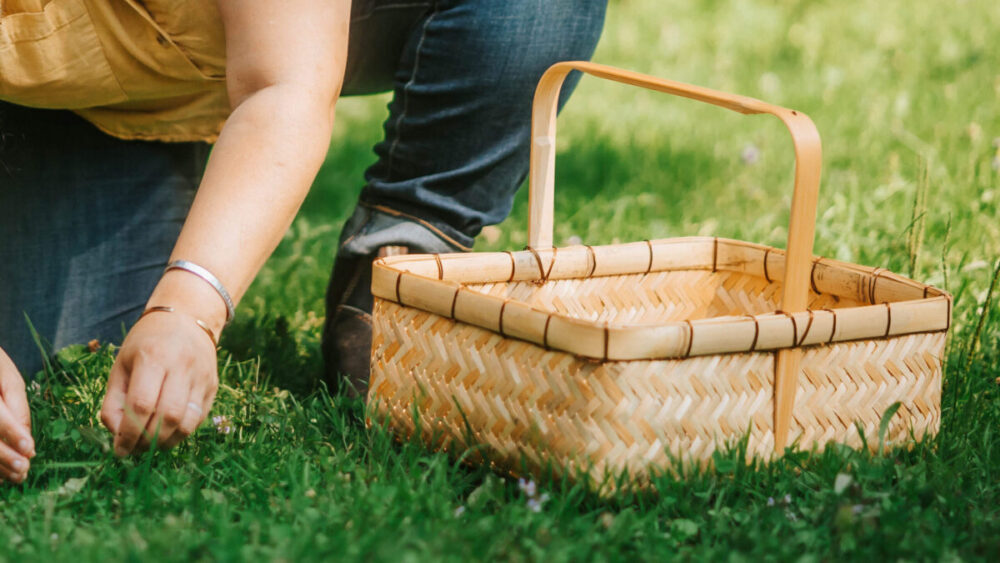
Foraging is a simple activity that requires minimal equipment, but a few essential tools can make the process more efficient and enjoyable. A basket or breathable bag is perfect for carrying your finds and allows spores from fungi to disperse as you walk. A good-quality knife can help harvest plants without causing undue damage and is useful for digging up roots or slicing off mushrooms.
A field guide or plant identification app is essential for both beginners and experienced foragers, helping to accurately identify edibles and avoid potentially harmful species. Remember that technology can fail or batteries can run out, so a physical guide is a reliable backup. A hand lens or magnifying glass can assist in examining small features of plants and fungi, while gloves protect your hands when handling prickly plants or unknown species.
Lastly, if you plan to forage regularly, consider investing in a foraging course or workshop. Learning from experts can help speed up the identification process, introduce you to local edible species, and teach safe and sustainable foraging practices.
Identifying Edible Plants and Mushrooms
The key to successful foraging is the accurate identification of edible species. It’s crucial to remember that some plants and mushrooms are not just inedible, but potentially deadly. Therefore, developing sound identification skills is fundamental.
Start by getting to know a few common, easily identifiable species and their potential look-alikes. Invest in a good field guide and learn to use it effectively. Attend local foraging walks and workshops to learn from experienced foragers. Familiarize yourself with the plant’s entire lifecycle, not just one stage, and pay attention to the habitat where it grows.
When identifying edible mushrooms, it’s essential to examine multiple characteristics: cap shape, color, gill structure, spore print color, stem characteristics, and habitat. Remember that while some mushrooms are delicious, others can be deadly, and many edible and poisonous mushrooms can look very similar. If you have a keen interest in discovering the nature’s buffet, you should contact Forage SF and they’ll provide you with assistance on your quest.
With plants, look at the overall shape, leaf arrangement, flower structure, and fruit. Pay attention to details like the presence or absence of hairs, the color and shape of any flowers or fruits, and the smell or taste (only do a taste test if you are quite certain the plant is safe). If you’re ever unsure, it’s better to leave it than risk getting sick.
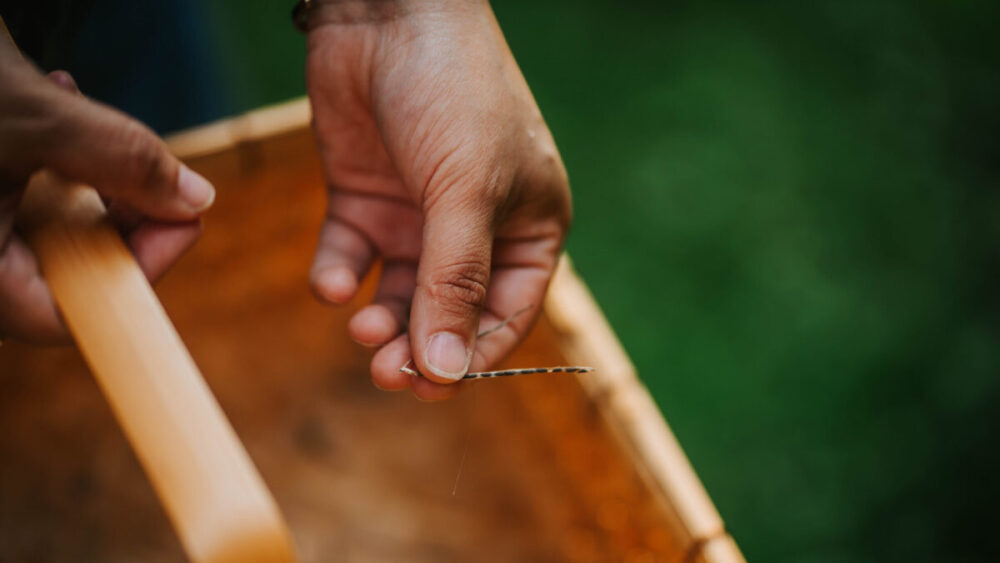
Tips for Ethical Foraging Practices
As foragers, we are visitors in nature’s pantry, and we must behave responsibly. Our actions can have long-term effects on the ecosystem and other foragers. Here are some tips to ensure ethical foraging:
Know your plants: Don’t just focus on the edibles—learn about endangered or rare plants in your area and avoid harvesting them.
Don’t over-harvest: As a rule of thumb, never take more than 10-20% of the plant population. Always leave enough for the plant to recover and for wildlife to feed.
Spread the harvest: Don’t take all your harvest from one spot; spread it out over a wider area to minimize impact.
Tread lightly: Be careful where you step, especially when harvesting mushrooms, as they are part of a larger underground network called mycelium, which can easily be damaged.
Pack it in, pack it out: Whatever you bring into the forest, bring out, including trash.
Seek permission: If foraging on private land, always ask for permission. Some parks and public lands may also require permits, so.


